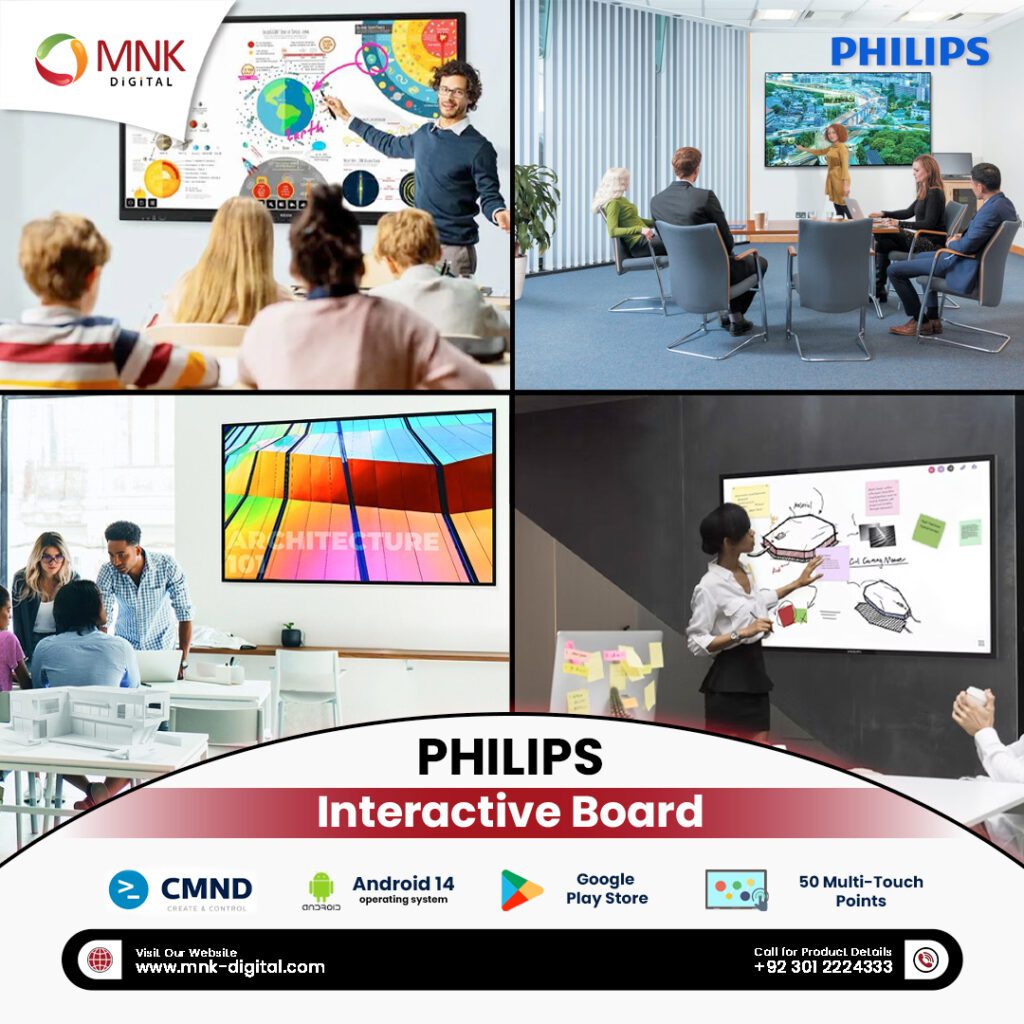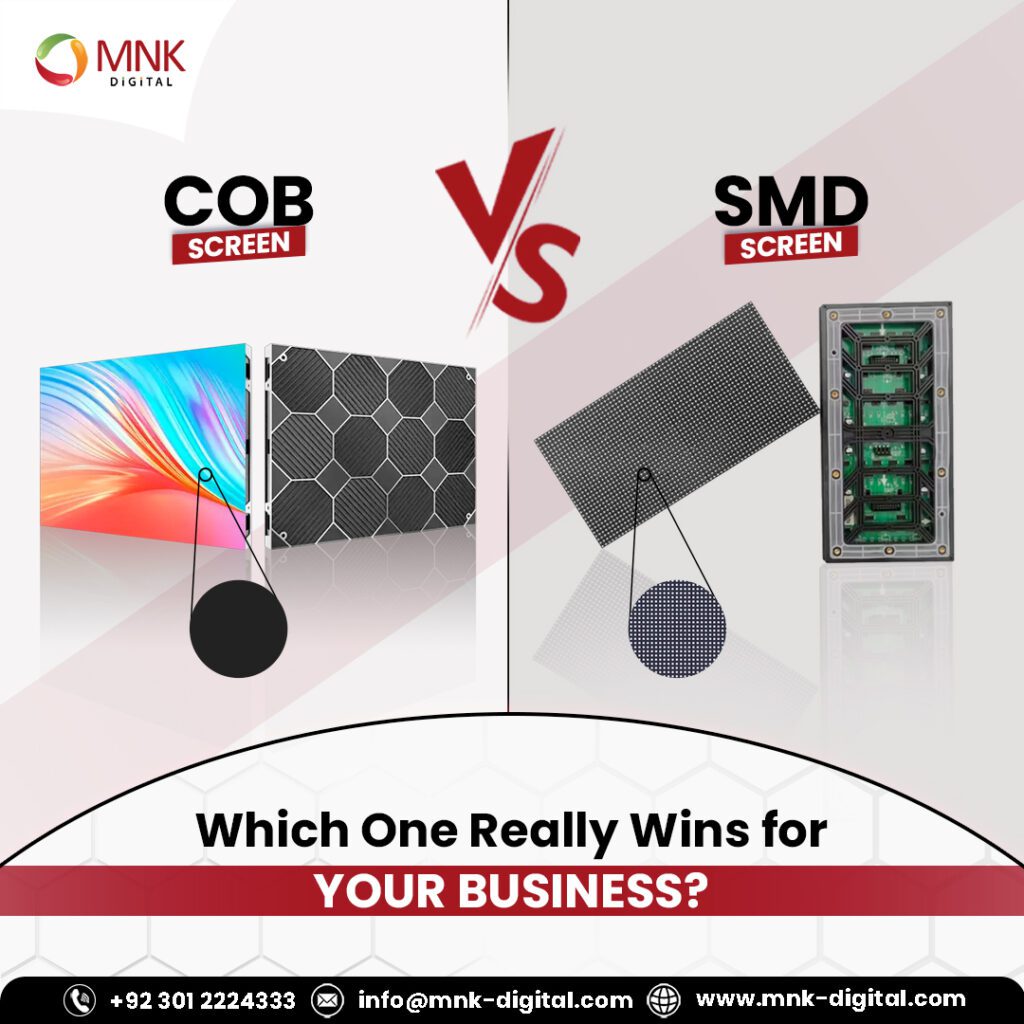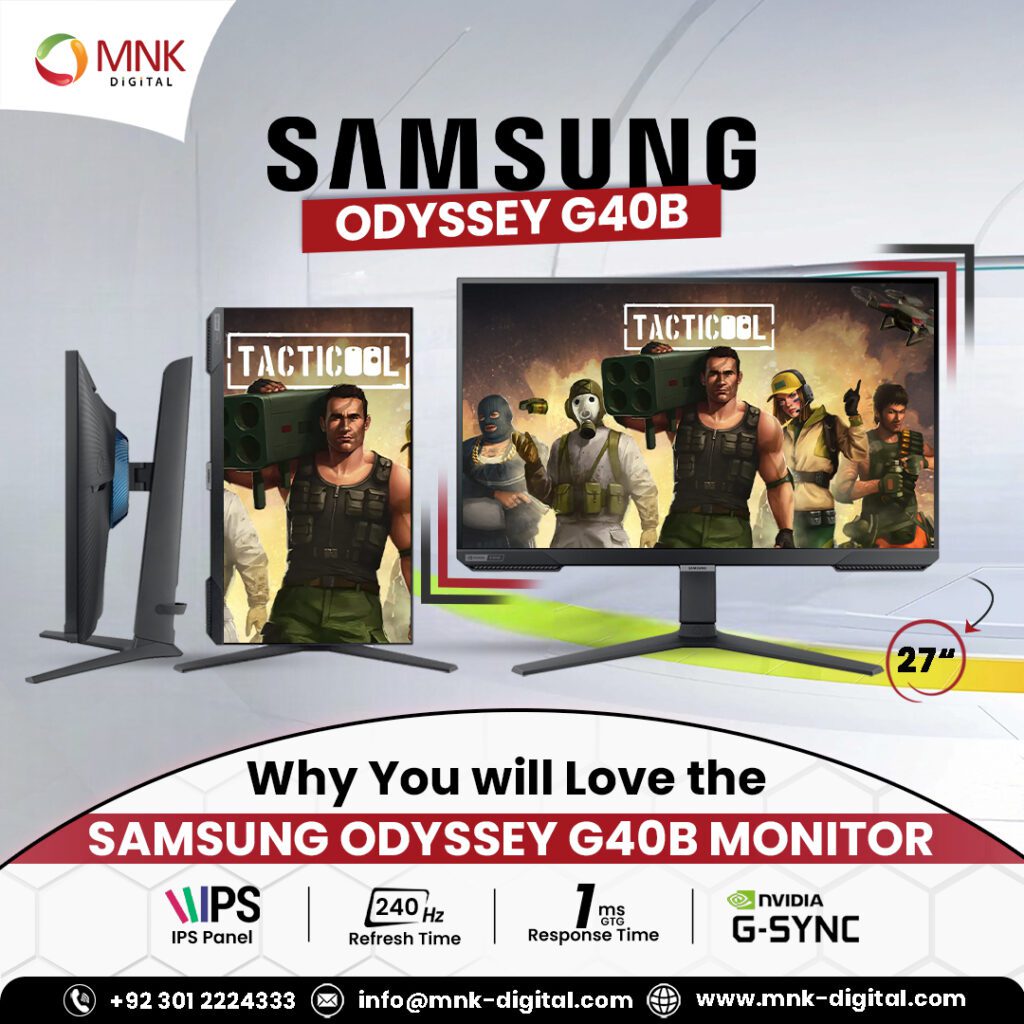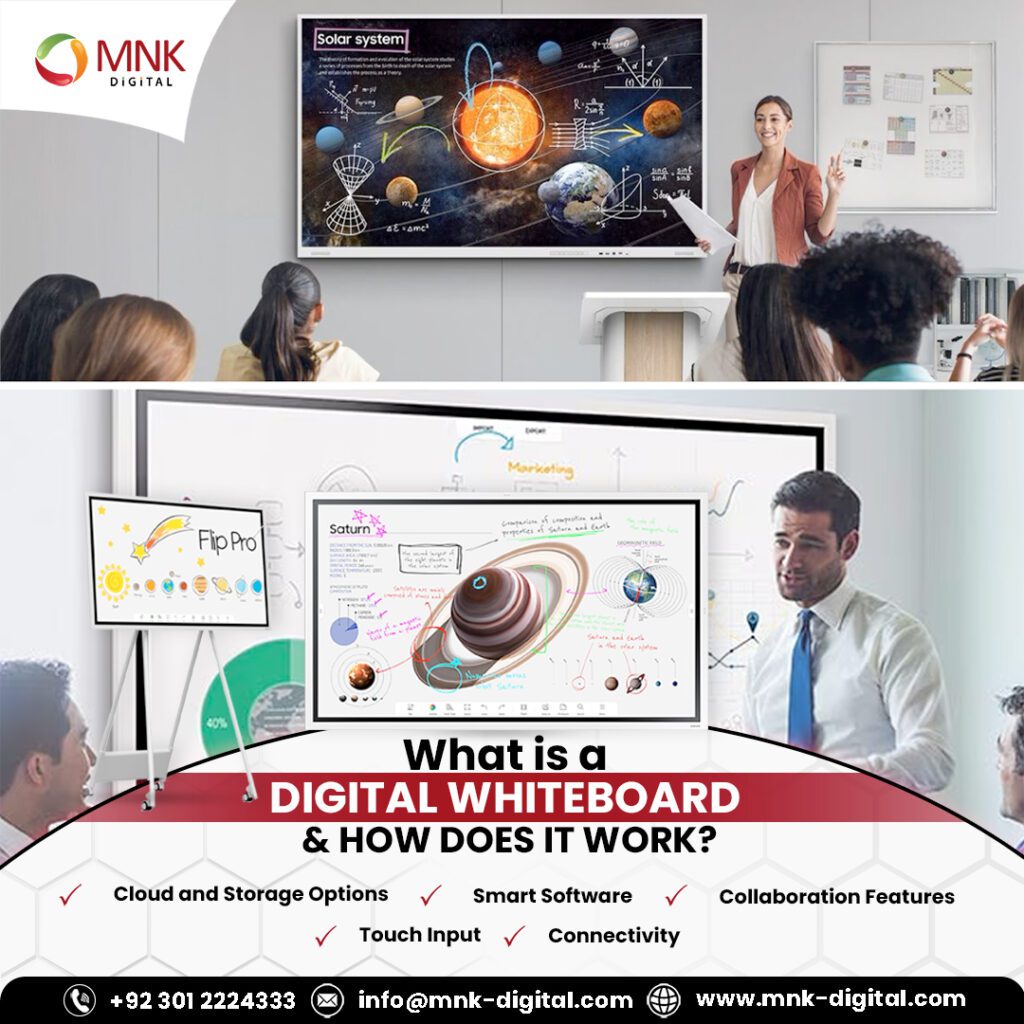SMD Screens are everywhere. These LED screens give amazing visual quality and affordability together. In Pakistan, MNK Digital is the best place to get your desired indoor/outdoor SMD screen.
When it comes to pixel pitch, you’ll hear a lot about P2.5 SMD Screens and why these are better than traditional displays (like LCDs or projectors). Let’s break it down in simple terms, so you can decide which one fits your needs.
What’s a P2.5 SMD Screen?
Let’s start with the basics.
You might have seen a giant screen in a retail store that is made up of thousands of tiny LED lights. A P2.5 SMD screen is exactly that. But with a special twist: the LEDs are super close together. The “P2.5” means the distance between each LED (called “pixel pitch”) is just 2.5 mm.
2.5-pixel pitch is ideal for indoor spaces where people stand or sit close to the display, like:
- Store windows (to show flashy ads)
- Conference rooms (for presentations)
- Control rooms (like security monitors)
Also Read: Why P1.8 SMD Screens are Good for Indoor Displays?
“Traditional displays” include things like:
- LCD screens (like older TVs or computer monitors)
- Projectors (the kind used in classrooms or movie nights)
- Basic LED billboards (with big, chunky pixels you see on highways)
These have been around for years and work fine in many situations. But they’re not always the best choice for modern needs. For example, projectors can look blurry in bright rooms, and old LED billboards look pixelated up closely.
P2.5 SMD vs. Traditional Displays
Let’s compare these two side by side:
Picture Quality: Crispy vs. Chunky
P2.5 SMD Screens own tiny pixels, which result in super sharp images. Colors pop, and you won’t see jagged edges, even if you’re right in front of the screen. On the other hand, traditional displays have larger pixels means images can look fuzzy or grainy up closely. Projectors also struggle with bright lighting.
Brightness & Visibility
P2.5 SMD offers a brightness of ≥900 nits. These displays are super bright, even in well-lit rooms. No need to dim the lights! On the other hand, you see projectors wash out in sunlight, and older LCDs can look dim. SMD LED displays always win in such situations!
Viewing Distance: How Close Can You Get?
P2.5 SMD LED Display is best for close-up viewing (3–15 feet away). Great for stores or lobbies where people walk past the screen. While traditional displays need more space. For example, a projector might require 20+ feet to look clear, and old LED billboards are meant for highways (viewed from cars).
Flexibility: Can You Bend It?
P2.5 SMD screens are modular (like LEGO blocks). They offer flexibility options for creative modeling. You can build curved walls, wrap them around pillars, or make giant custom shapes. While traditional displays lack a flexibility feature. They are mostly rigid and flat. Your projectors need a blank wall or screen, and LCDs come in fixed sizes.
Maintenance & Lifespan
SMD LEDs are built with premium materials. They last longer (50,000+ hours). If one breaks, you can replace a single module instead of the whole screen. Isn’t it amazing? While traditional displays, for example, projector bulbs burn out faster, and fixing a broken LCD often means replacing the whole panel.
Which Should You Choose? Let’s Simplify!
Well, it depends. We have both scenarios to explain.
Pick a P2.5 SMD Screen If…
- You need sharp images for close-up viewers (like a product demo).
- You want a custom shape or size (e.g., a circular screen or video wall).
- Your space has bright lighting (like a mall or storefront).
- You are okay with a higher upfront cost for long-term savings.
Go Traditional If…
- Your audience will be far away (e.g., a stadium or outdoor billboard).
- You are on a tight budget and don’t need ultra-HD quality.
- You only need the screen temporarily (projectors are easy to set up).
Conclusion
P2.5 SMD screens are the future of displays. They’re flexible, bright, and razor-sharp. But traditional options still have their place for simple, budget-friendly projects. Ask yourself, who’s watching? (Close up or far away?), What’s your budget? and how creative do you want to get? All these factors make your selection easier.






